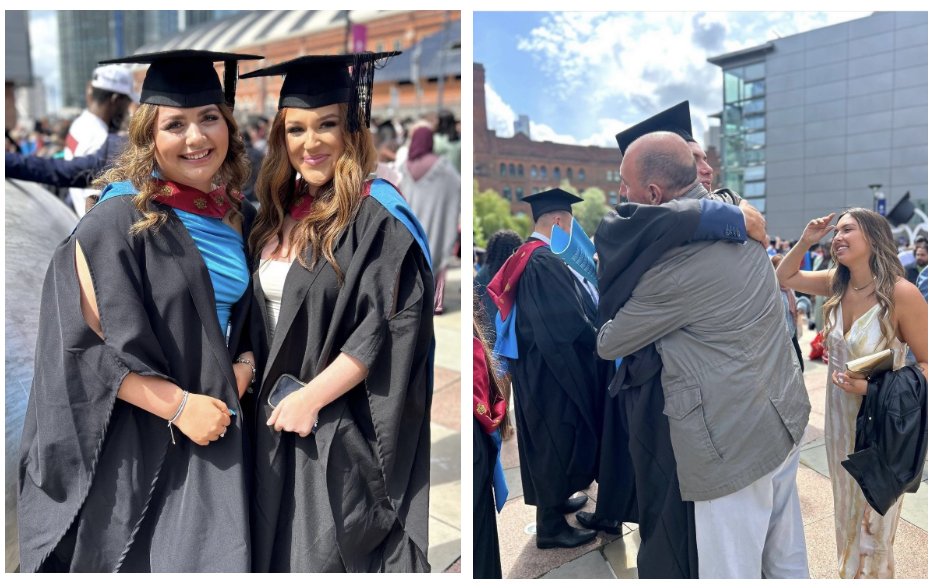Opinion | Friday, 10th April 2020
Coronavirus: How to enjoy the great outdoors while staying at home
Stuart Marsden, Professor of Conservation Ecology, on appreciating nature and wildlife during the lockdown

Government advice restricts travel away from our homes but this doesn’t mean that we must disconnect from wildlife.
People living in the countryside have nature and landscape on their doorstep and have never had to go far to get into their local wildlife.
But this is a time when urban dwellers can reconnect with the wildlife very close by them.
Reconnecting with wildlife
As the Coronavirus (COVID-19) lockdown continues, we’ve already heard stories of wild boar and other mammals ‘retaking the streets’ in some of the world’s cities, and goats roaming free in Llandudno in north Wales.
As the weeks go by, we will notice birds and other animals in places that we might not have seen them before – birds in trees lining main roads which have become less noisy with traffic restrictions, foxes appearing earlier in the evening due to the quiet.
The other reason that we may observe wildlife where we didn’t before is that we may actually be looking harder, closer to home.
Those fortunate enough to have a garden will be spending time in it, while those taking short exercise walks feel almost lucky to be out for an hour.
As spring progresses, repeating these same short walks is a great way for people to actually take in some of the changes to their local environment, changes they may not normally notice.
There are several groups of animals and plants that have something for everyone, from the novice to the expert, during the lockdown.

Spotting species on your list
Birds are literally everywhere. Keen birdwatchers, who normally travel far and wide to see rarer birds than their competitors, are focussing now on their ‘garden lists’.
Listing the different animal species we see in our gardens is therapeutic and exciting – seeing a bird for the first time on our ‘patch’ is quite a thrill.
Others are looking for dragonflies, butterflies, ladybirds and bees around their homes.
I expect a big rise in the number of people ‘mothing’ – that is setting up a light trap in their garden/balcony and seeing how many species they can identify in the morning.
Moth-trapping is of course great fun but the data produced are important for science too – just as the Garden Birdwatch scheme tells us about population trends of everyday birds, lockdown moth data will tell us a lot about the health of our lepidopterans, the family which moths and butterflies are part of.
Citizen science
Putting the ‘citizen’ into science is a great way to learn about the wildlife around us, and especially to communicate that knowledge back to society.
In these days of home-schooling, there are myriad science projects that can be undertaken by children of all ages within a stone’s throw of their bedrooms – counting crows, photographing butterflies, and comparing what happens in our gardens from one day to the next.
But connecting with local nature during the lockdown is not all about lists.

Studying wildlife more closely
Extra time on our hands means that we have a real chance to not just count and tally wildlife, but to study it more closely.
As spring progresses, we’ll be seeing new species arriving (the first swallows and swifts) but we’ll also be seeing the same individual animals day after day.
We’ll see the progression of breeding birds from egg-laying to fledging, or the same hedgehog arriving at exactly the same time each evening, or the fights and courtship between neighbours.
To get some depth into our knowledge and appreciation of the wildlife on our doorsteps and maybe even to assign personality to the animals we see around us is a true connection with nature.
So, while relatively few experts have lost the ability to travel long distances to enjoy the wildlife we love, I am optimistic that this increased focus on the wildlife immediately around us may serve a greater many more of us well in the long term – both by making us look at fewer things for longer and especially to get more people appreciating the nature in their local environs and with it, a desire to preserve it.




